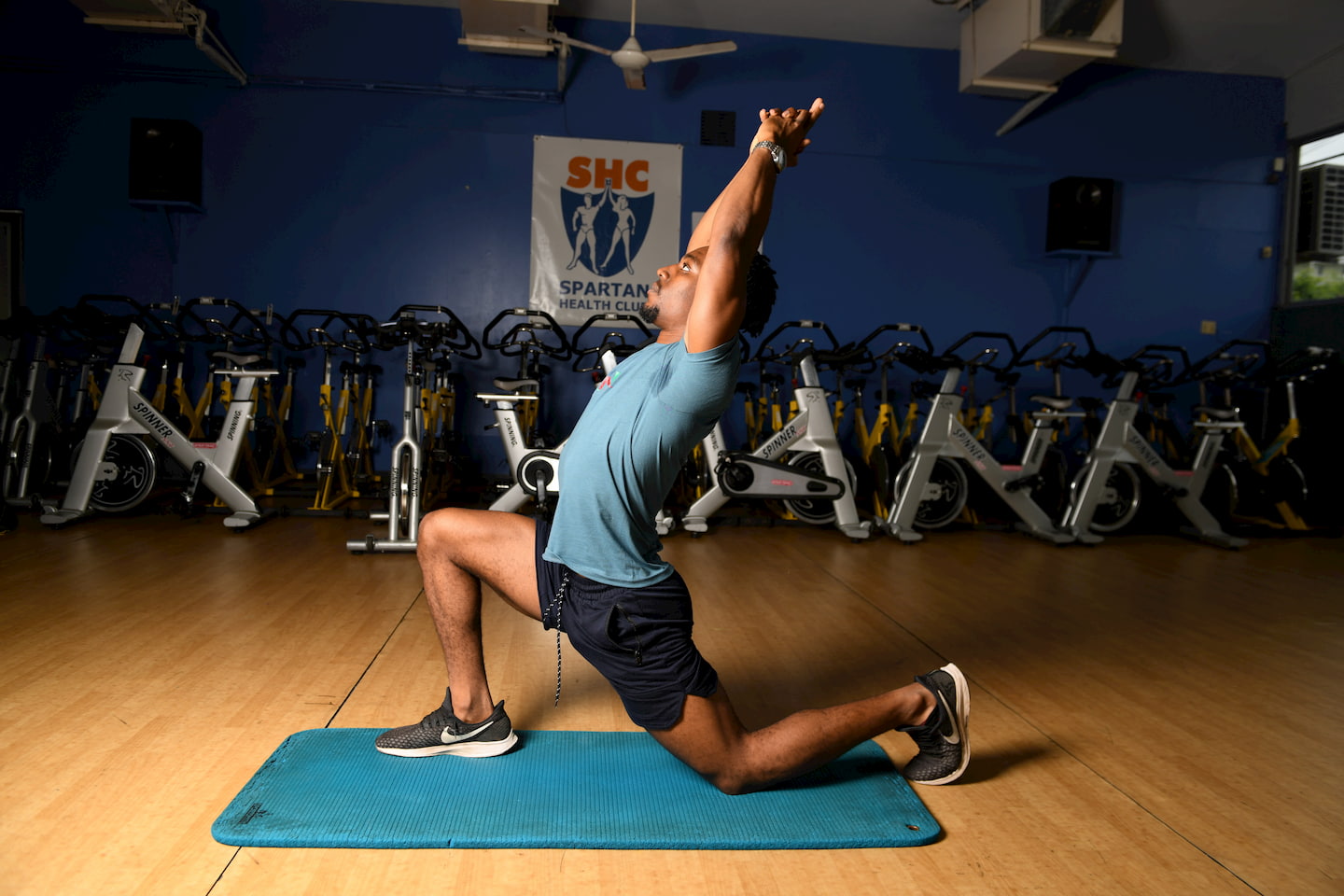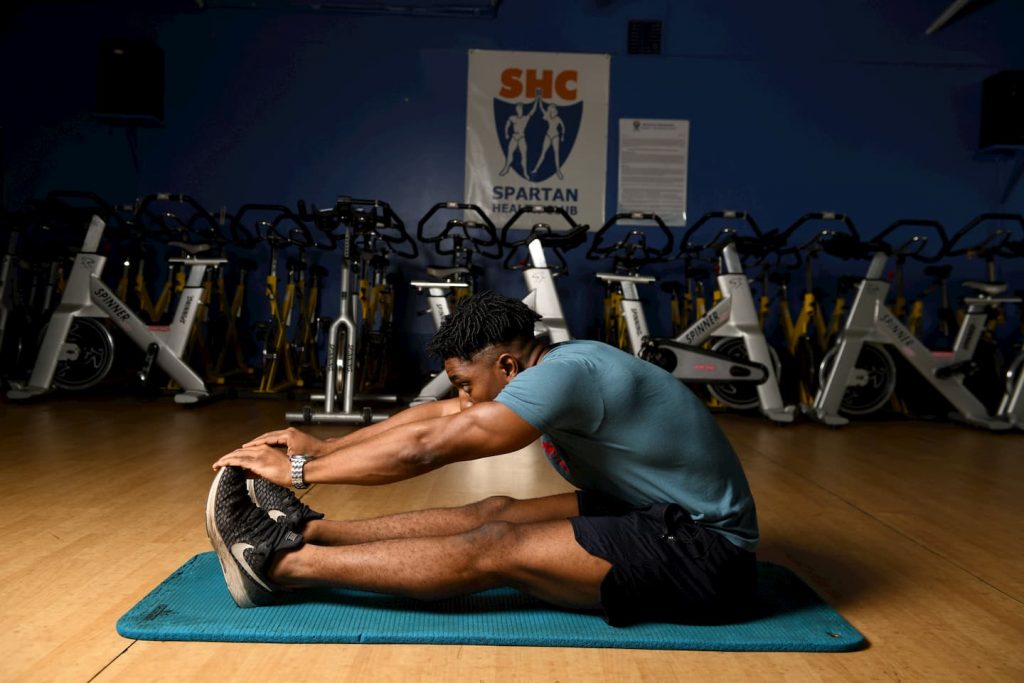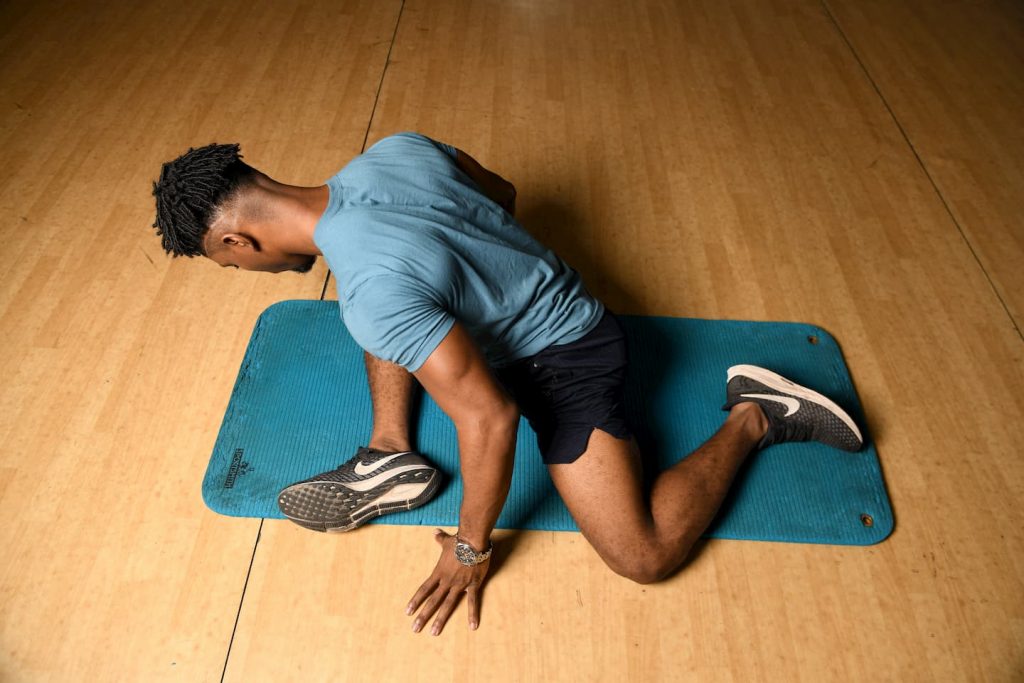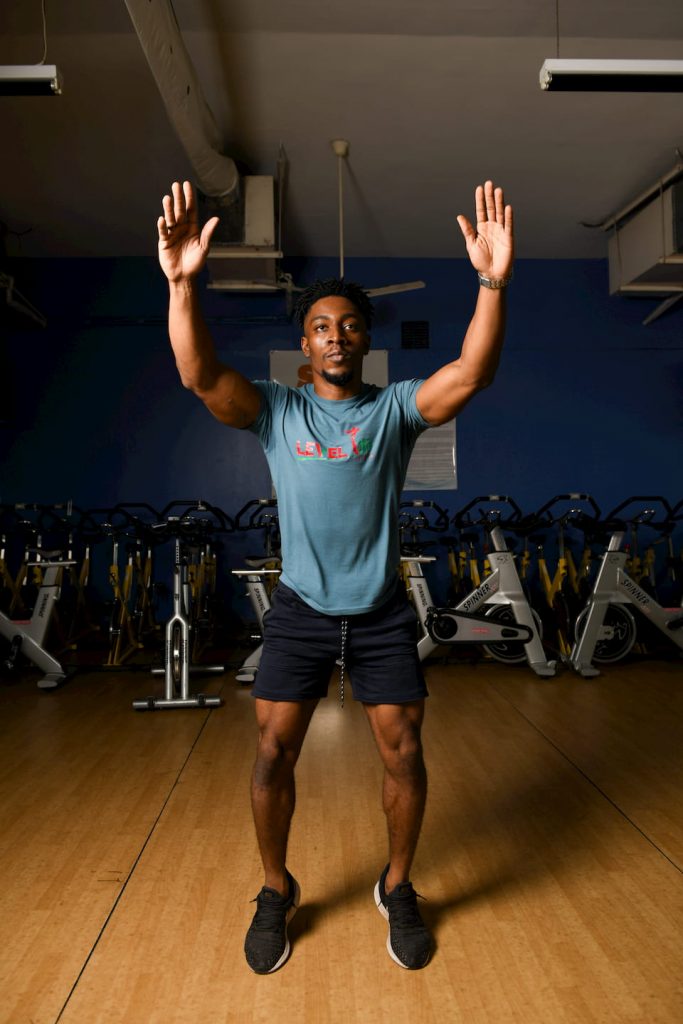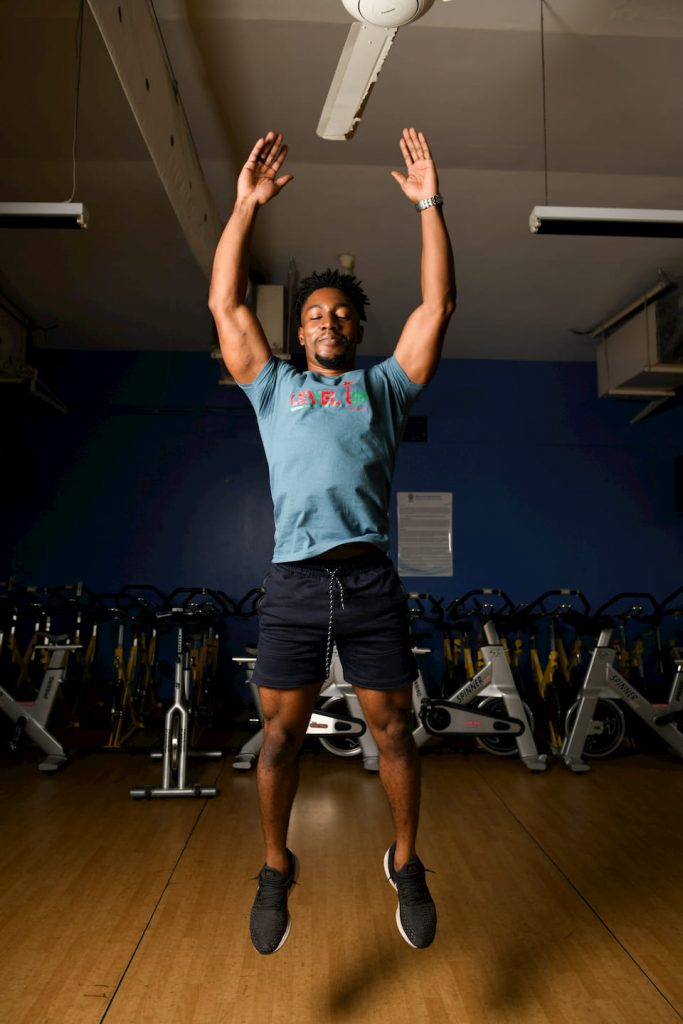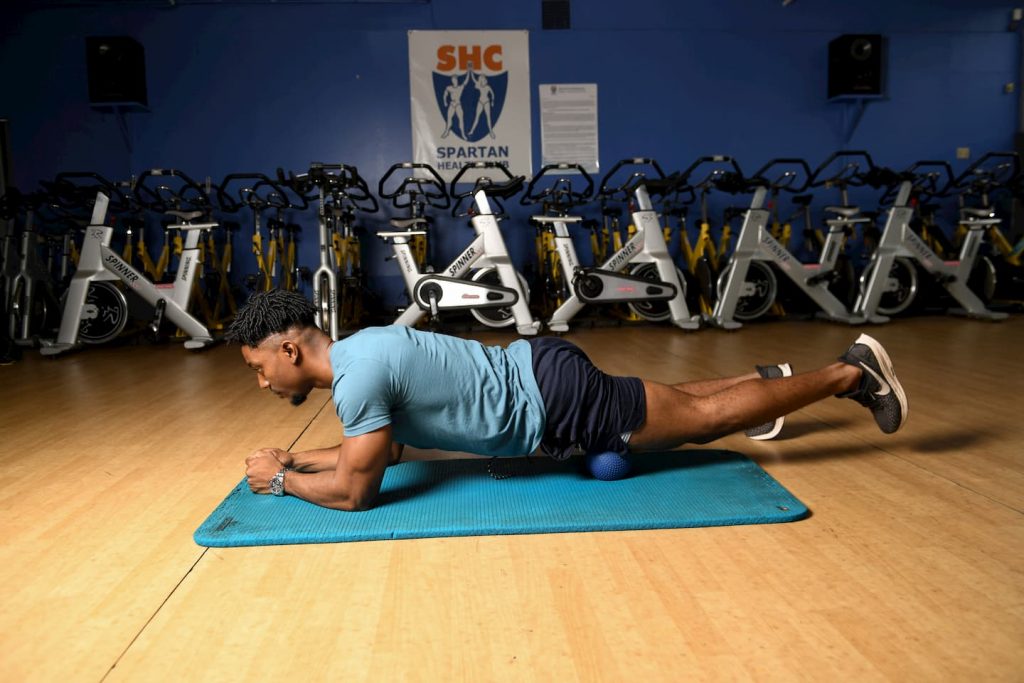Strength and conditioning specialist Alexander Carrington is an expert in fascia training- a workout routine that you’re probably already doing and don’t even know it.
Fascia training refers to sport activities and movements that focus on improving the functional properties of the body.
Your tendons, ligaments, joint capsules and muscular enveloped together form the fascia – connective tissues found all around the body. They connect muscles to bones causing the body to move as one unit, transmit tensional force around the body and support muscles. Fascia training attempts to strengthen and improve these tissues along with muscles with one aim: to aid in improving movement.
Think of this training as a massage for the fascia, especially with foam rolling involved. This results in myofascial release – the release of tension from the fascia and muscles. Just like a regular exercise routine, the workout involves stretching and recoil-based movements like jumping. Emphasis is also placed on movement quality and refining your sixth sense, proprioception– the sense of self-movement and body position. Carrington showed Flair a few of these moves which you can follow for this workout.
ADD THIS TO YOUR ROUTINE NOW
“It’s important to incorporate this in your workout routine because it aids in relieving pain in some cases, increases flexibility and mobility of the joints, helps you to recover from exercise and possibly helps to prevent injury,” the fitness professional said.
Carrington stresses that there really aren’t any best exercises. He recommends using an array of exercises, movements and stretches to see what works for you best.
Plus fascia also transmits force and at times can become overly tense and twisted. Its training helps to alleviate this tension which according to Carrington, some experts believe is responsible for back and joint pain in some cases.
Fascia training can be done anywhere. So if you’re comfortable at home, go ahead and get the ball rolling there; but if you want to try it at work, do it.
Incorporating these exercises two or three times a week is enough to keep you moving seamlessly.
And there’s no special time of the day to attempt this.
“The best to do fascia training would be when you are able to or before your workout if you have time,” Carrington said.
To contact Alexander Carrington for his expertise, call 876-319-4313. or visit his Instagram page @levelup_876.
Story by Rocheda Bartley
rocheda.bartley@gleanerjm.com
